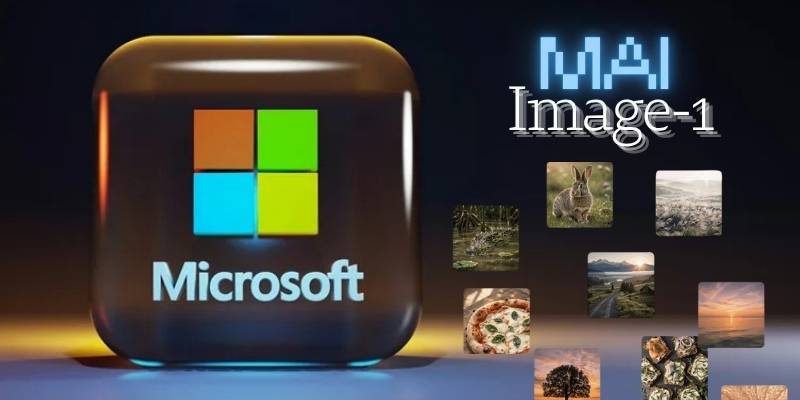Microsoft just dropped a creative bombshell: its first home-grown text-to-image model, MAI-Image-1, now rolling out across Bing Image Creator and Copilot.
The project marks a quiet but important shift – Microsoft isn’t just partnering with other AI developers anymore; it’s building from scratch.
The reveal on The Verge described the model as excelling in photorealistic lighting and artistic detail, something you can already feel when generating visuals that blend nature and surrealism like a pro photographer who moonlights as a dreamer.
The move signals more than just technical flair. It’s Microsoft flexing creative muscle in a space long dominated by names like Midjourney and OpenAI’s DALL·E.
When Windows Central covered its debut, the tone was clear: this is part of a broader strategy to weave image generation right into everyday productivity.
Imagine typing a slide title and watching Copilot generate a high-res backdrop that actually matches your moodboard.
That’s the level of integration we’re looking at here – frictionless creativity baked into software most of us already use.
But I’ll be honest – what caught my attention was the ambition. Over at MarkTechPost, researchers noted that MAI-Image-1 is already ranking among the top performers on the LMArena leaderboard, a community-driven benchmark for image-generation models.
That means it’s not just functional; it’s competitive. The model reportedly stands out for its balance between speed and aesthetic fidelity – think vivid textures and believable shadows without that “AI sheen” that sometimes makes generated images feel uncanny.
There’s something poetic about this timing, too. As the industry wrestles with questions around copyright and dataset transparency, Microsoft’s decision to go solo reads like a statement: control your tools, and you control your ethics.
It follows a growing movement toward transparency, echoed in ongoing discussions about content provenance that surfaced during Getty Images’ legal clash with Stability AI.
Building a model in-house gives Microsoft a chance to train on fully licensed datasets – and maybe, just maybe, set a standard for responsible image generation instead of reactive regulation.
That’s not to say this will be smooth sailing. Generative image models have long faced criticism for bias, over-smoothing, and visual inconsistency – and Microsoft’s past attempts at artistic AI, like Tay and earlier Visual Chat projects, didn’t exactly age well.
Even with its current guardrails, some developers worry about whether user prompts will produce culturally accurate or fair imagery.
Those concerns echo debates seen around deepfake regulation in Denmark, which has been pushing new protections against AI-driven visual manipulation, as highlighted in a report from AP News.
The timing couldn’t be more telling – the tools are getting better just as governments start asking tougher questions.
And yet, there’s something hopeful here. Imagine an ad designer in Lagos or a film student in São Paulo being able to conjure production-ready images from a laptop or phone, without a subscription to half a dozen creative suites.
That democratization of art – it’s what we keep promising, but rarely deliver. If Microsoft’s internal model can really merge professional-grade rendering with accessibility, we might finally see generative art go from niche experiment to everyday workflow.
It reminds me of how Adobe began blending Firefly into its Creative Cloud apps – a move chronicled in TechCrunch’s recent look at the new Firefly 3 updates – but this time, it’s happening at the OS and browser level.
In the end, MAI-Image-1 feels less like a product launch and more like an attitude shift. It’s Microsoft saying, “We’re not just hosting creativity – we’re making it.”
Whether it sticks the landing or not, I have a hunch we’ll remember this as the moment AI-assisted design stopped feeling like science fiction and started feeling like just… design.

